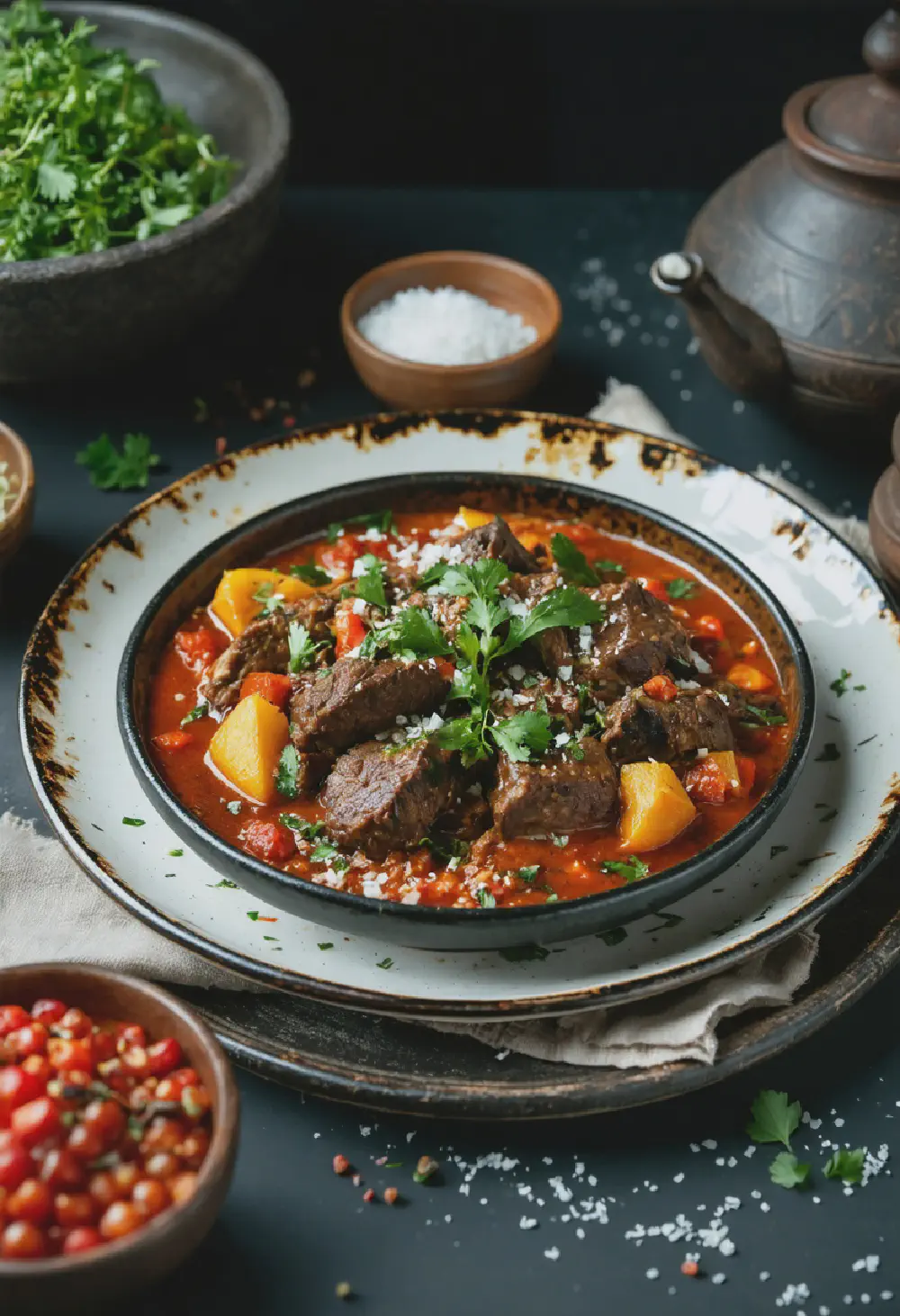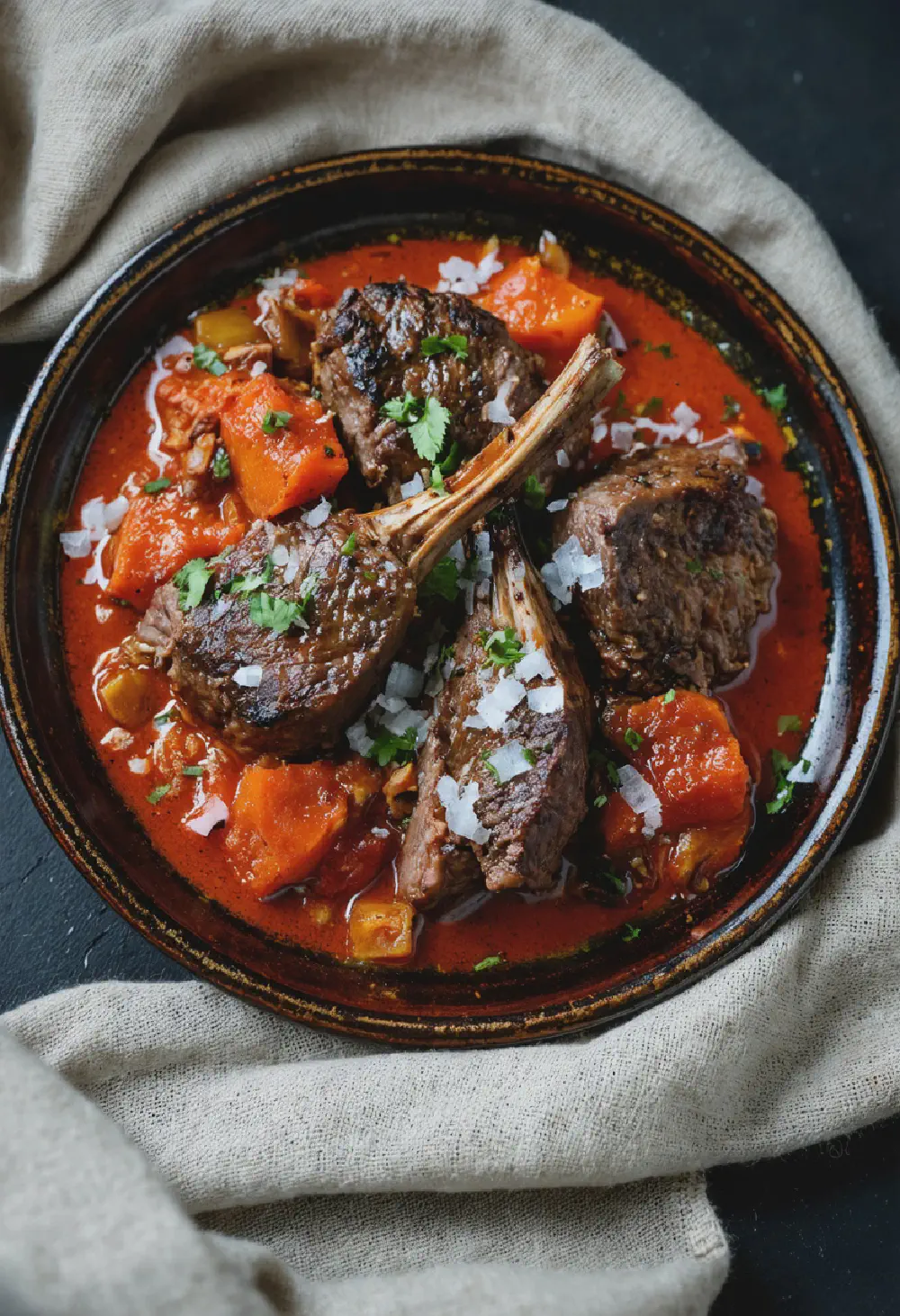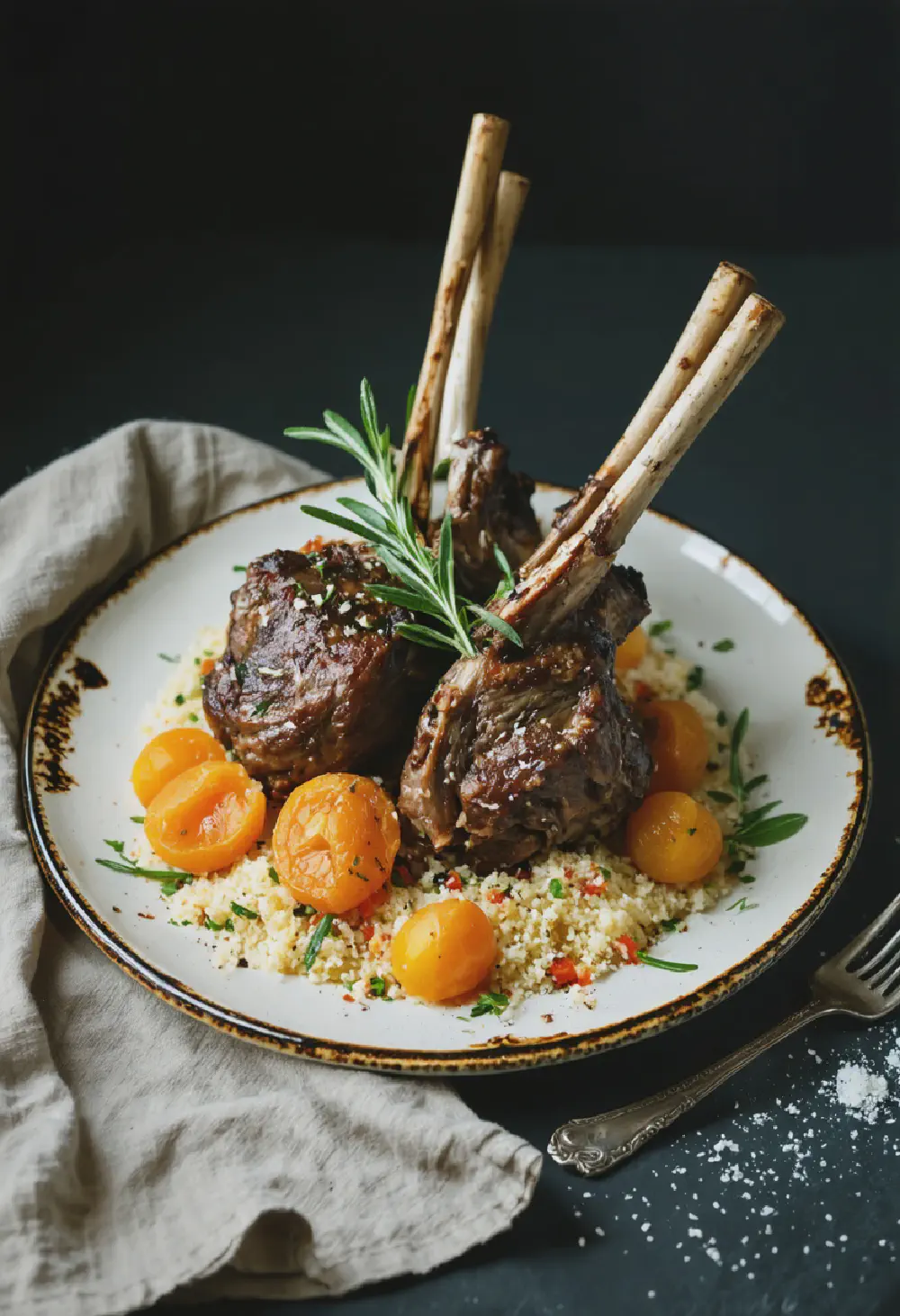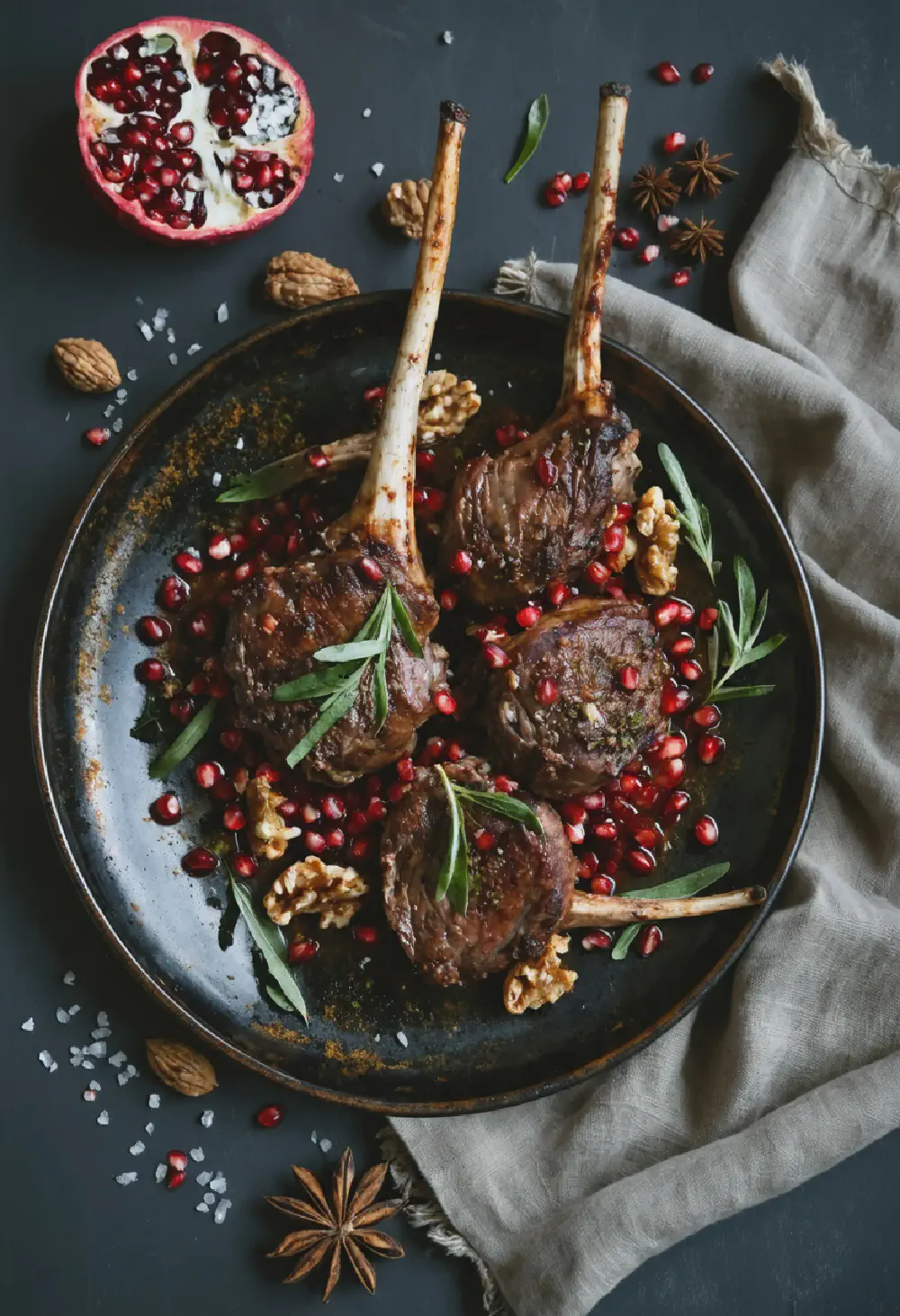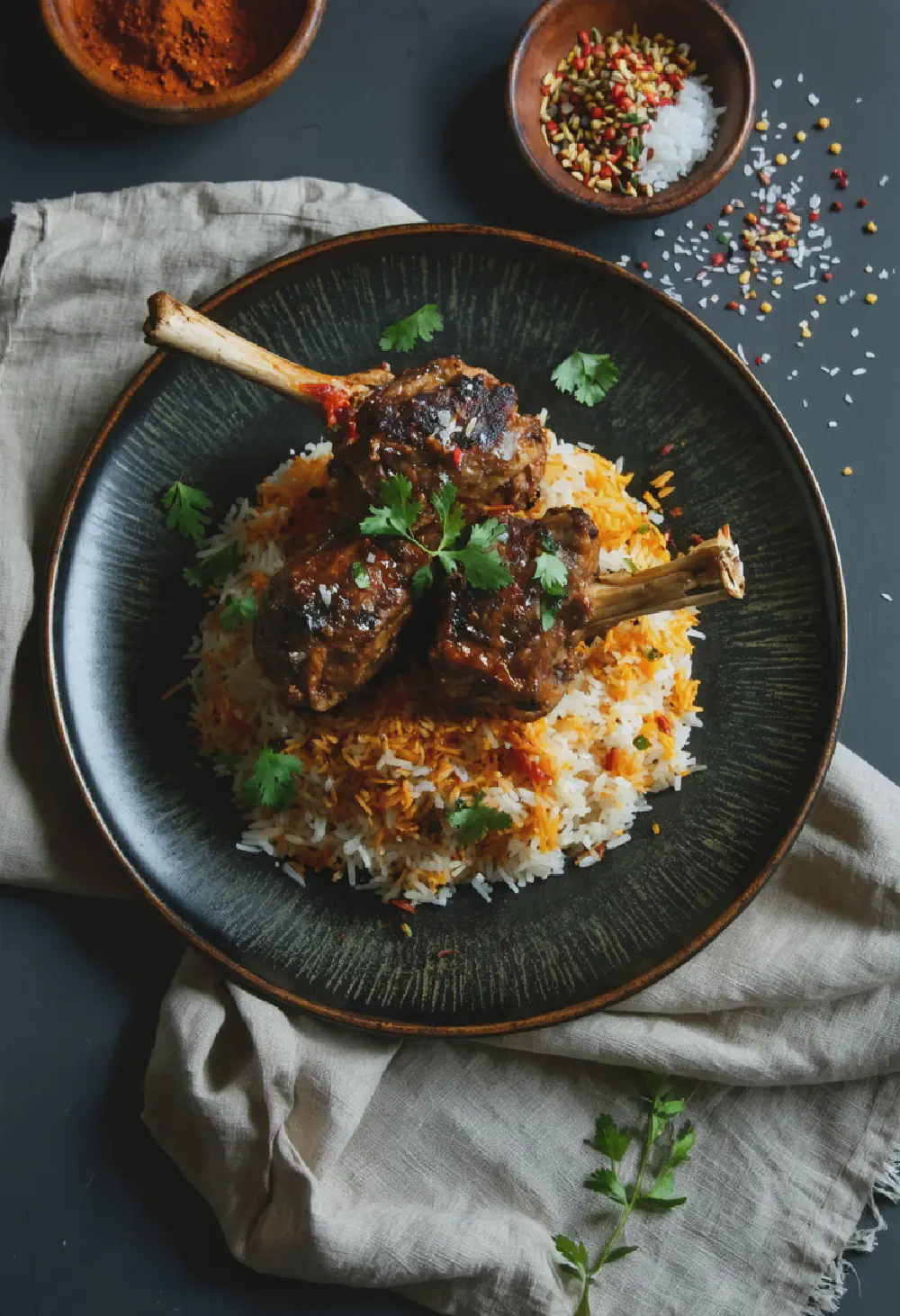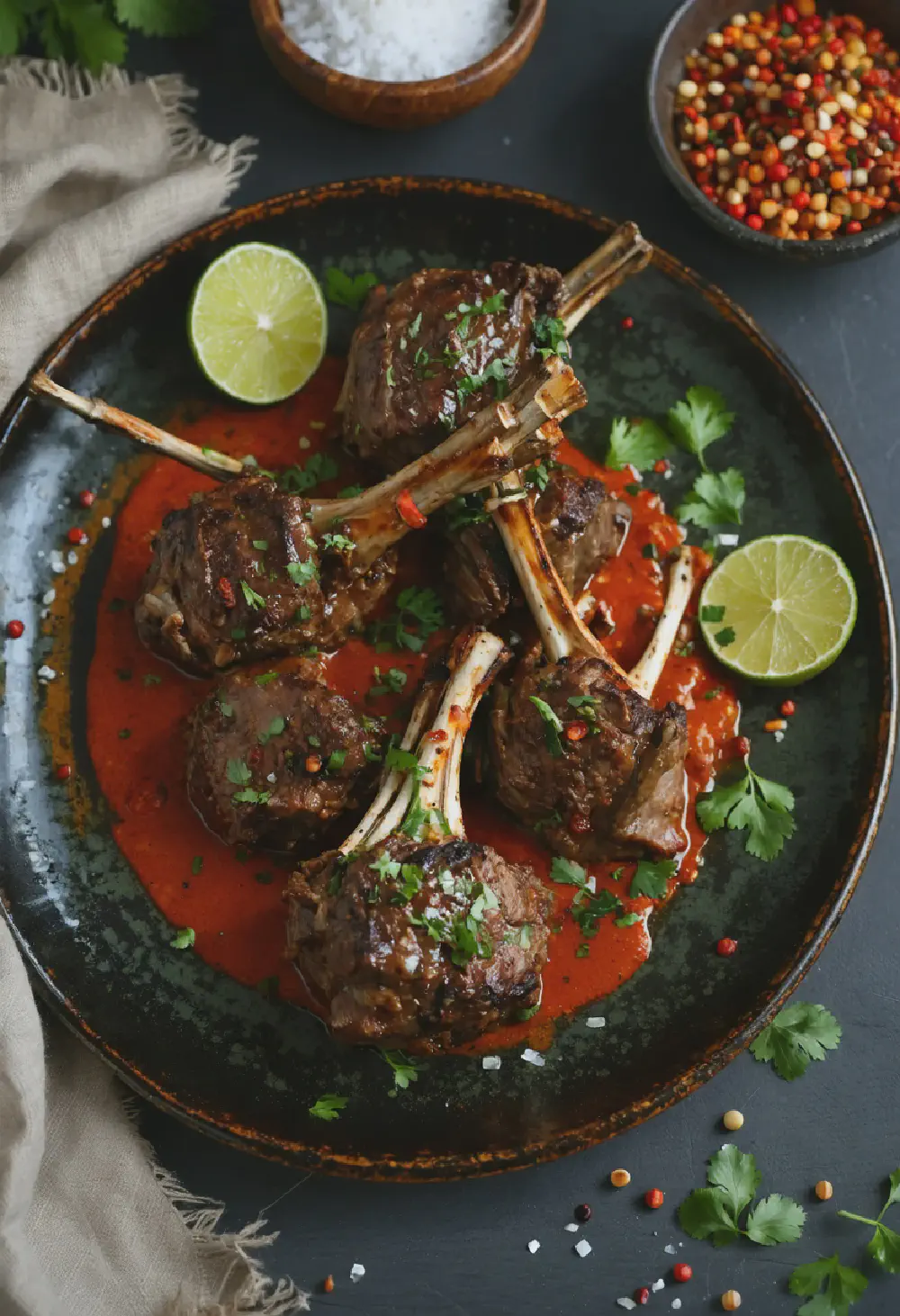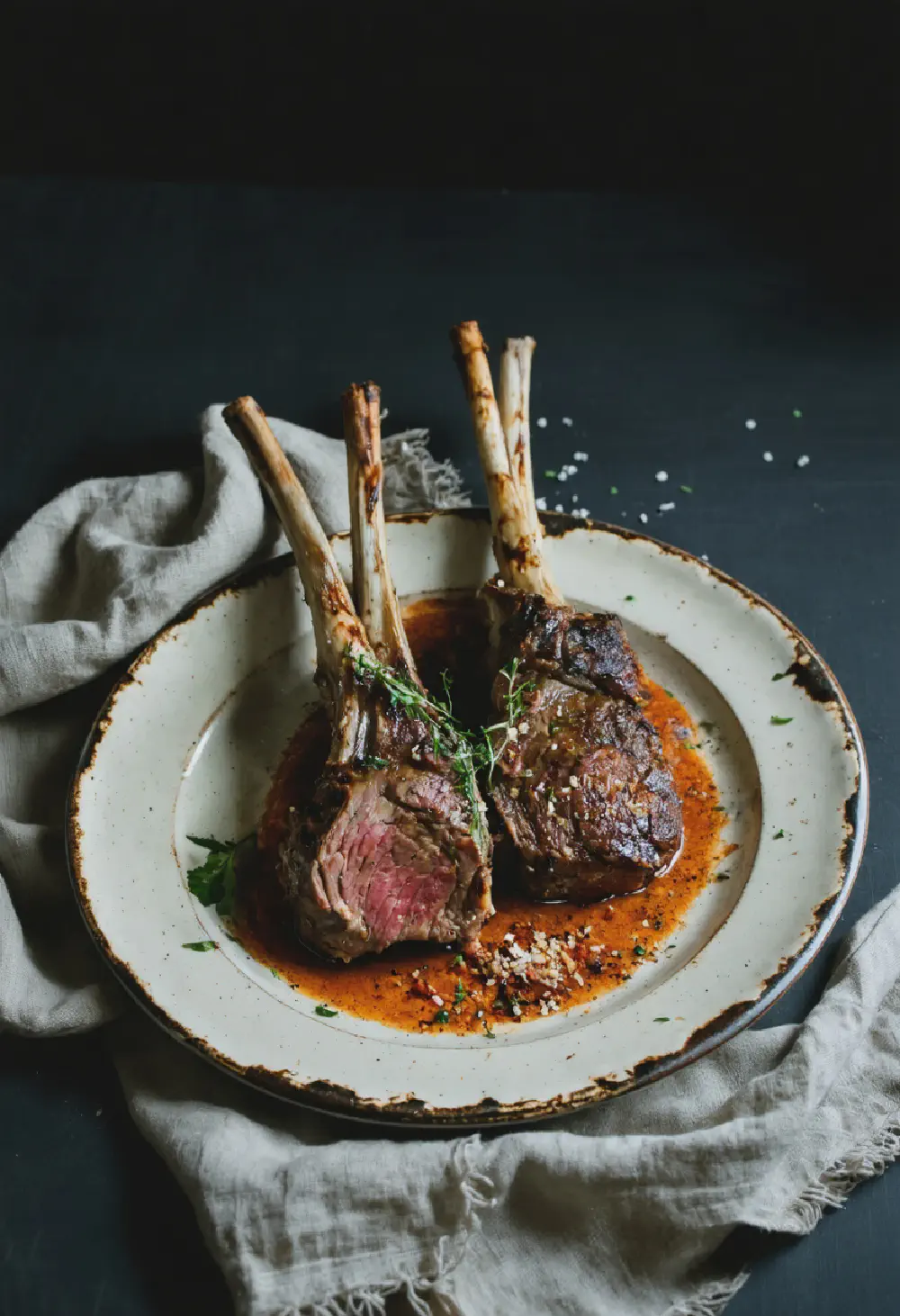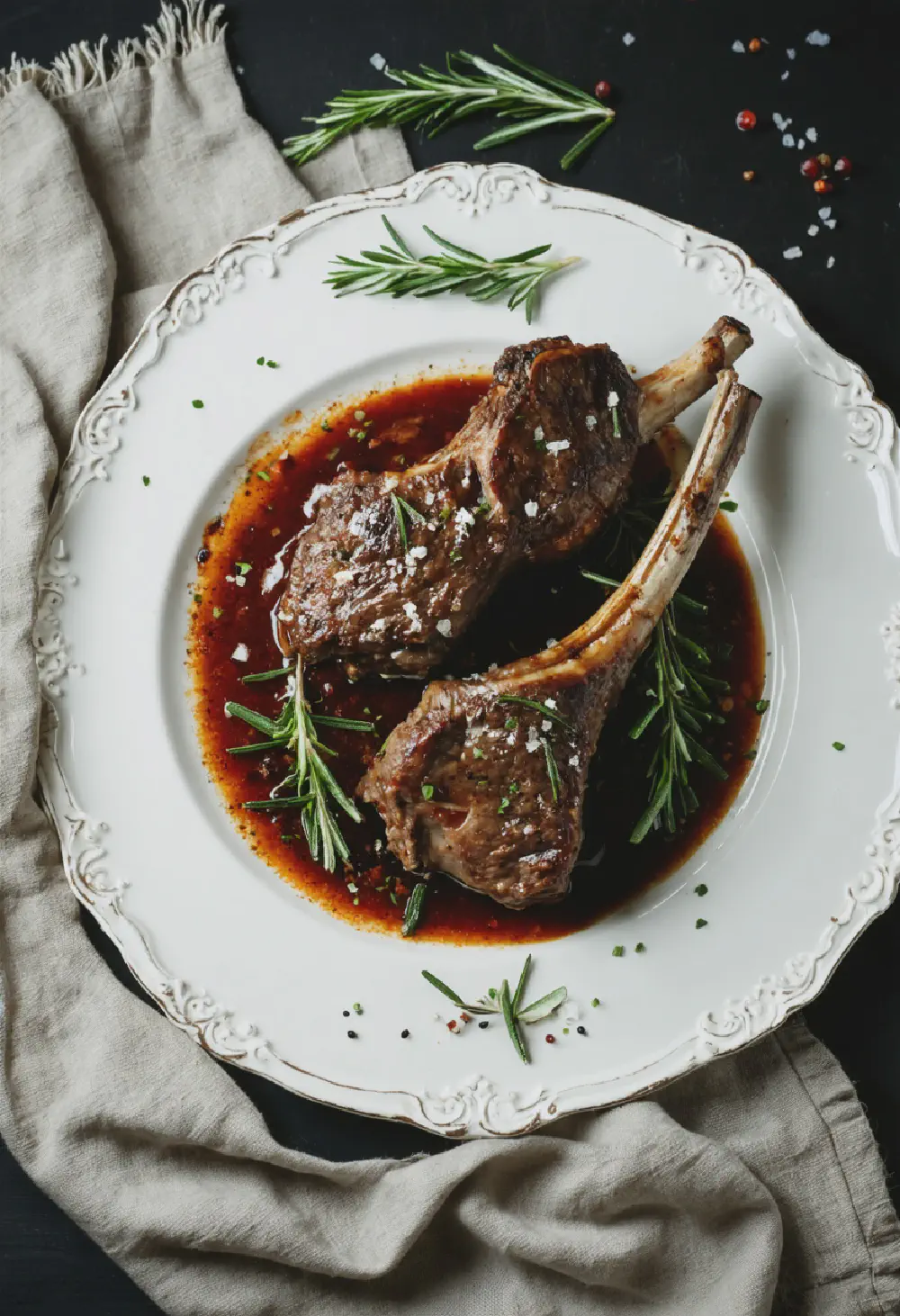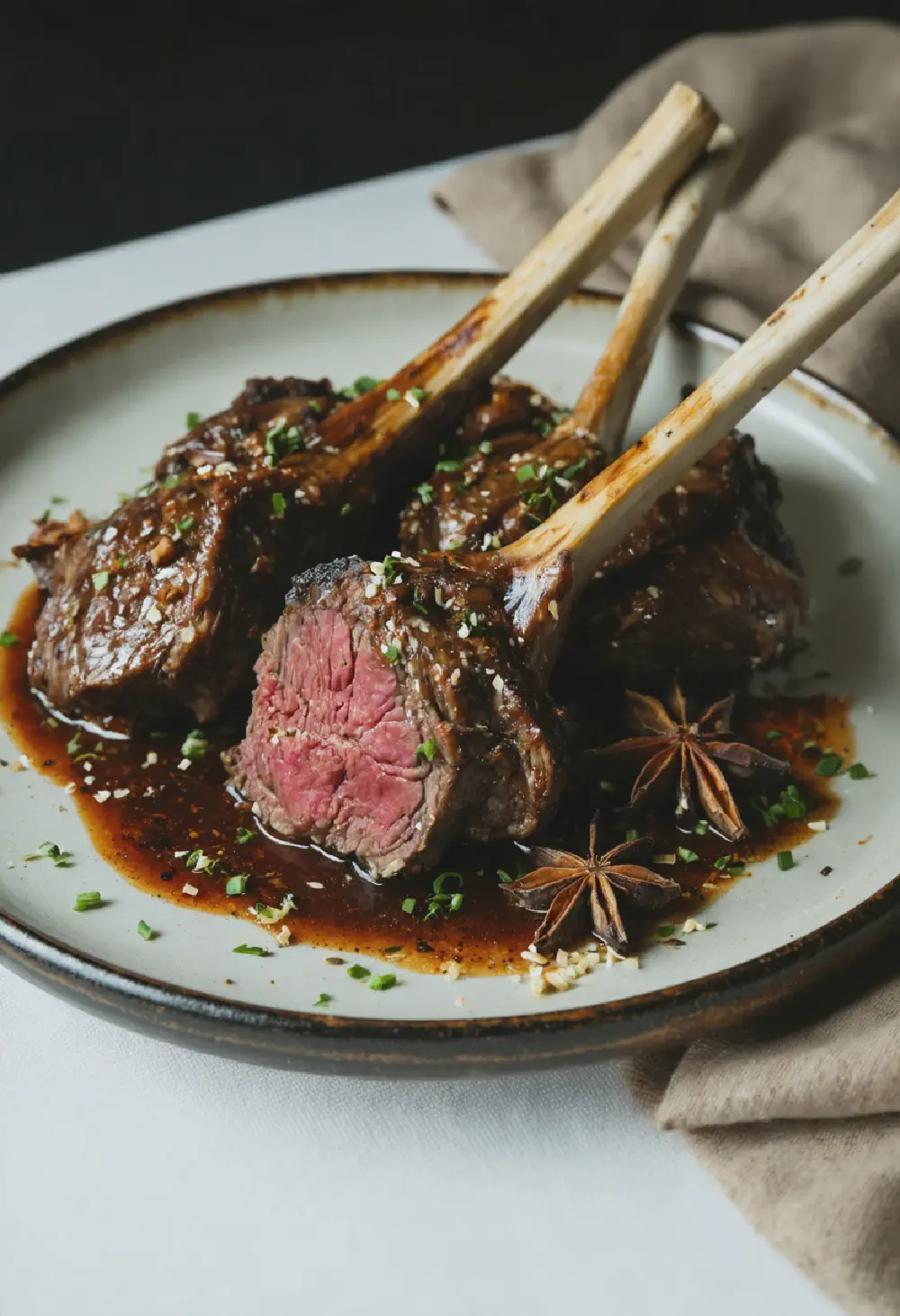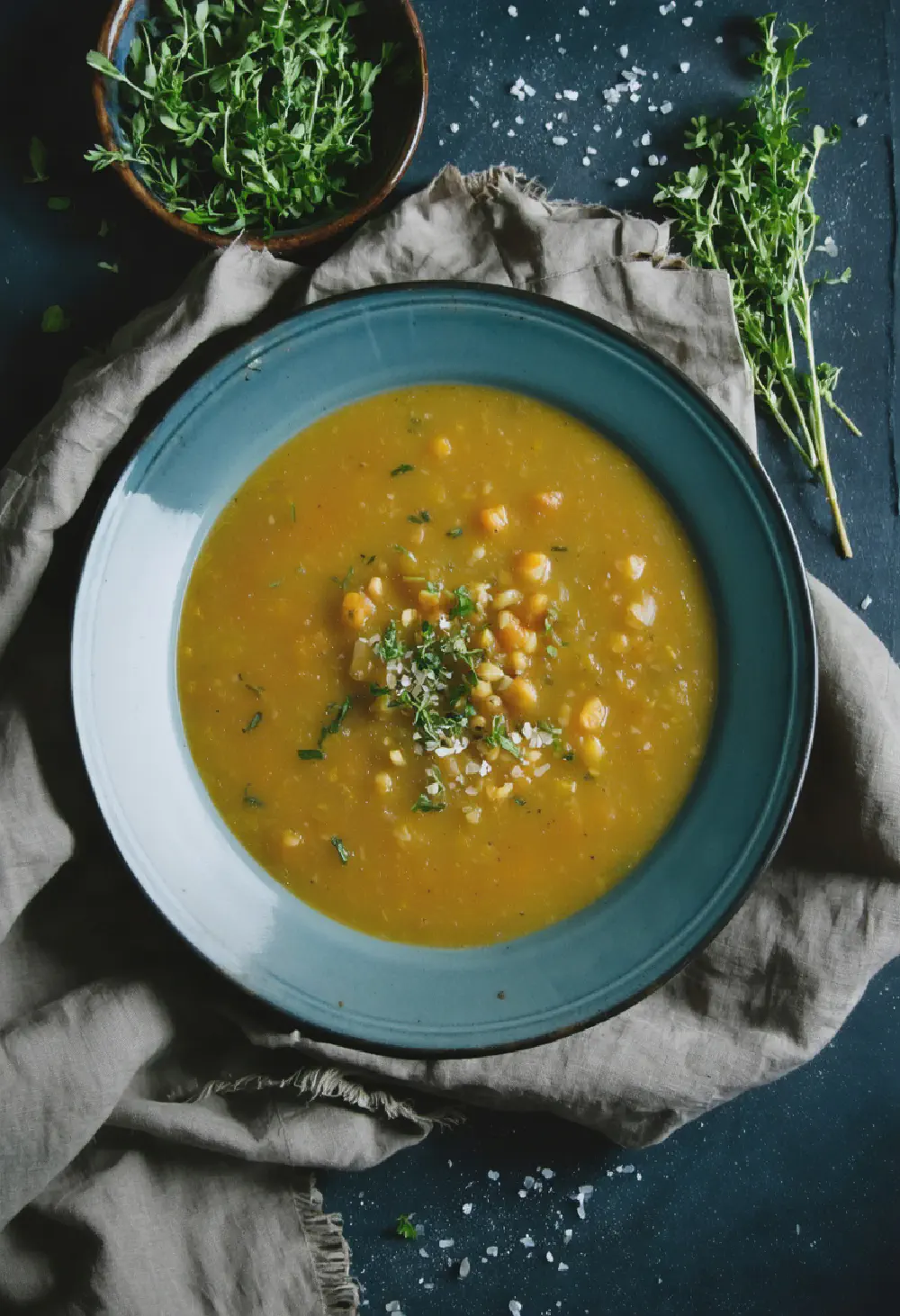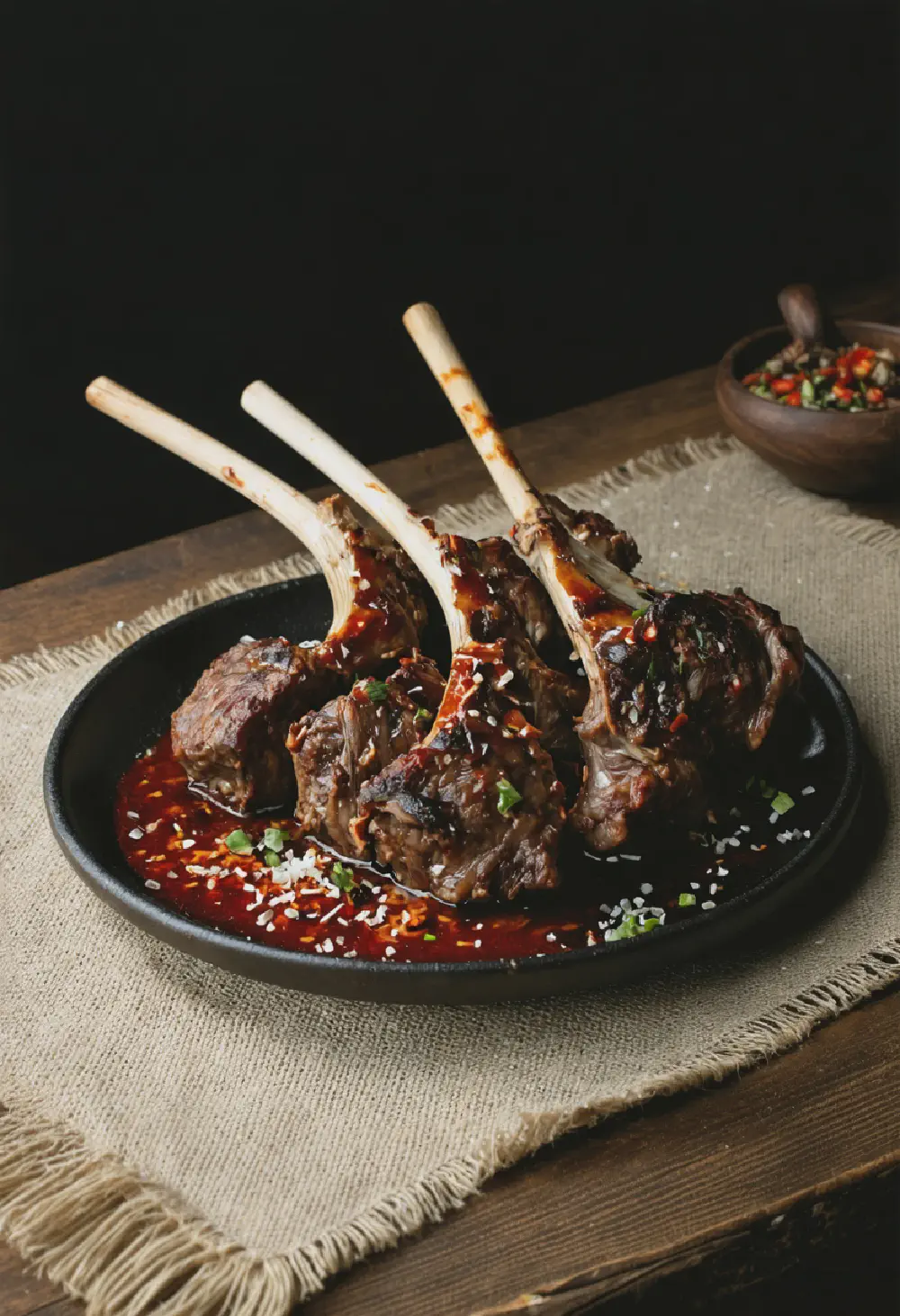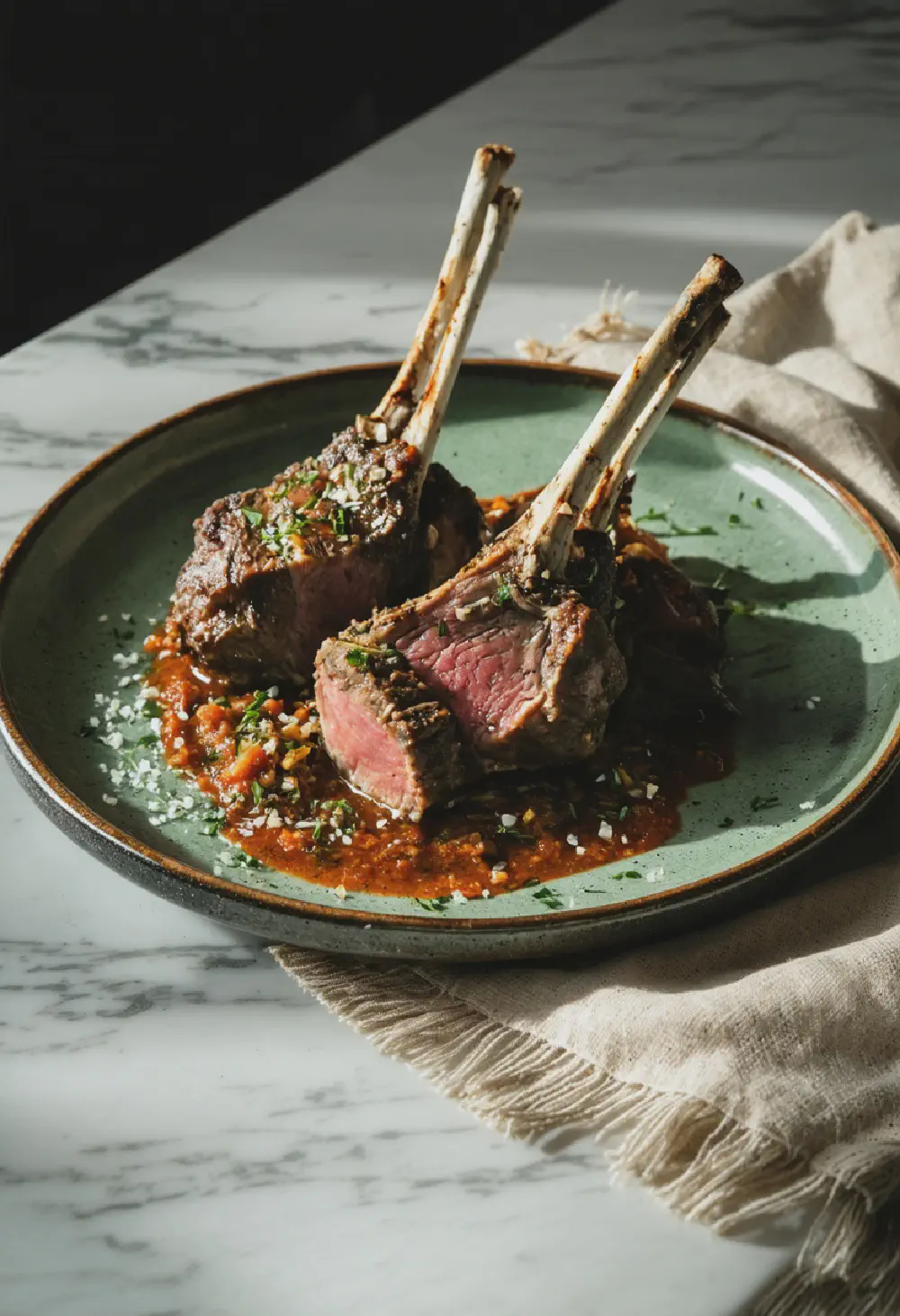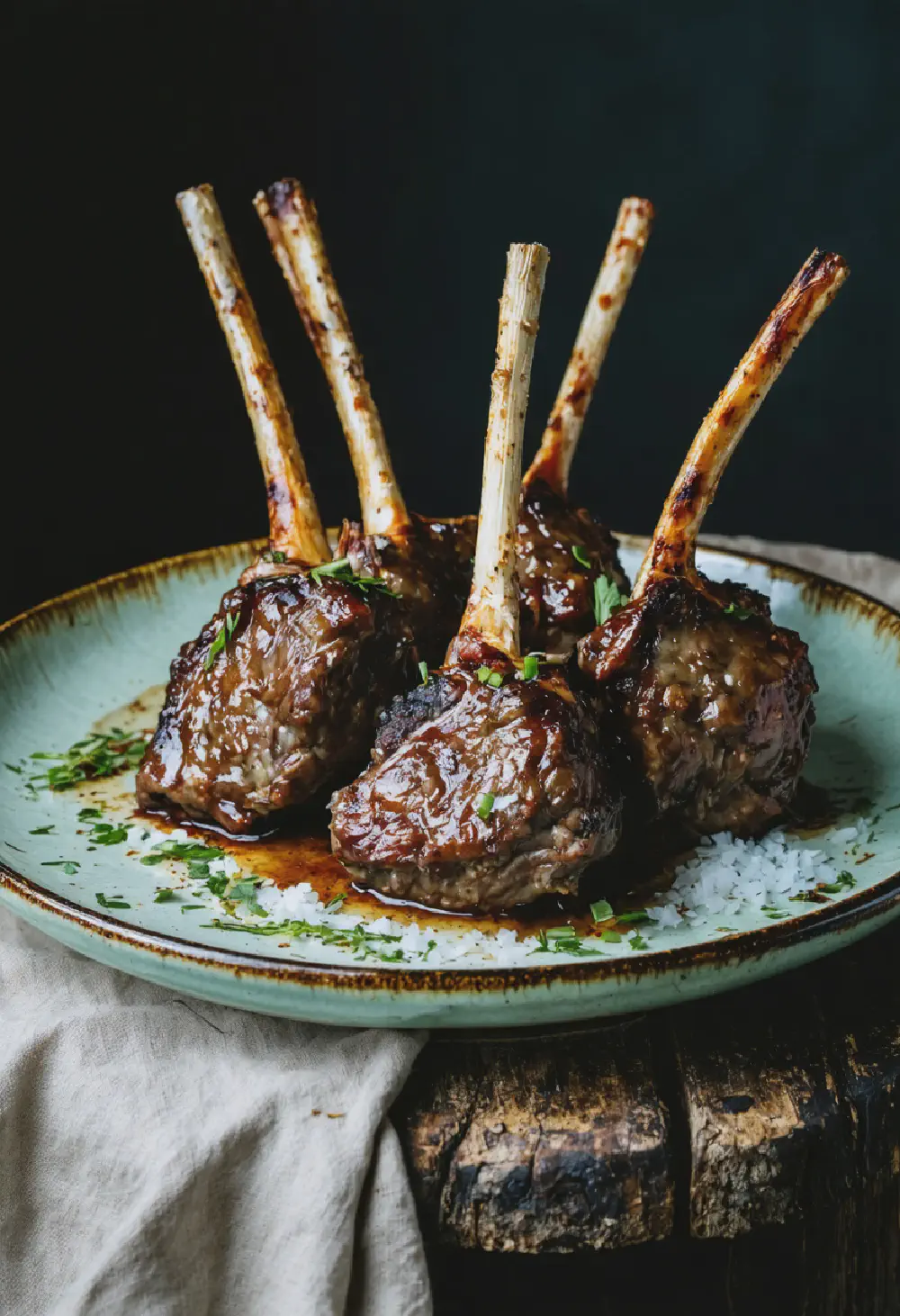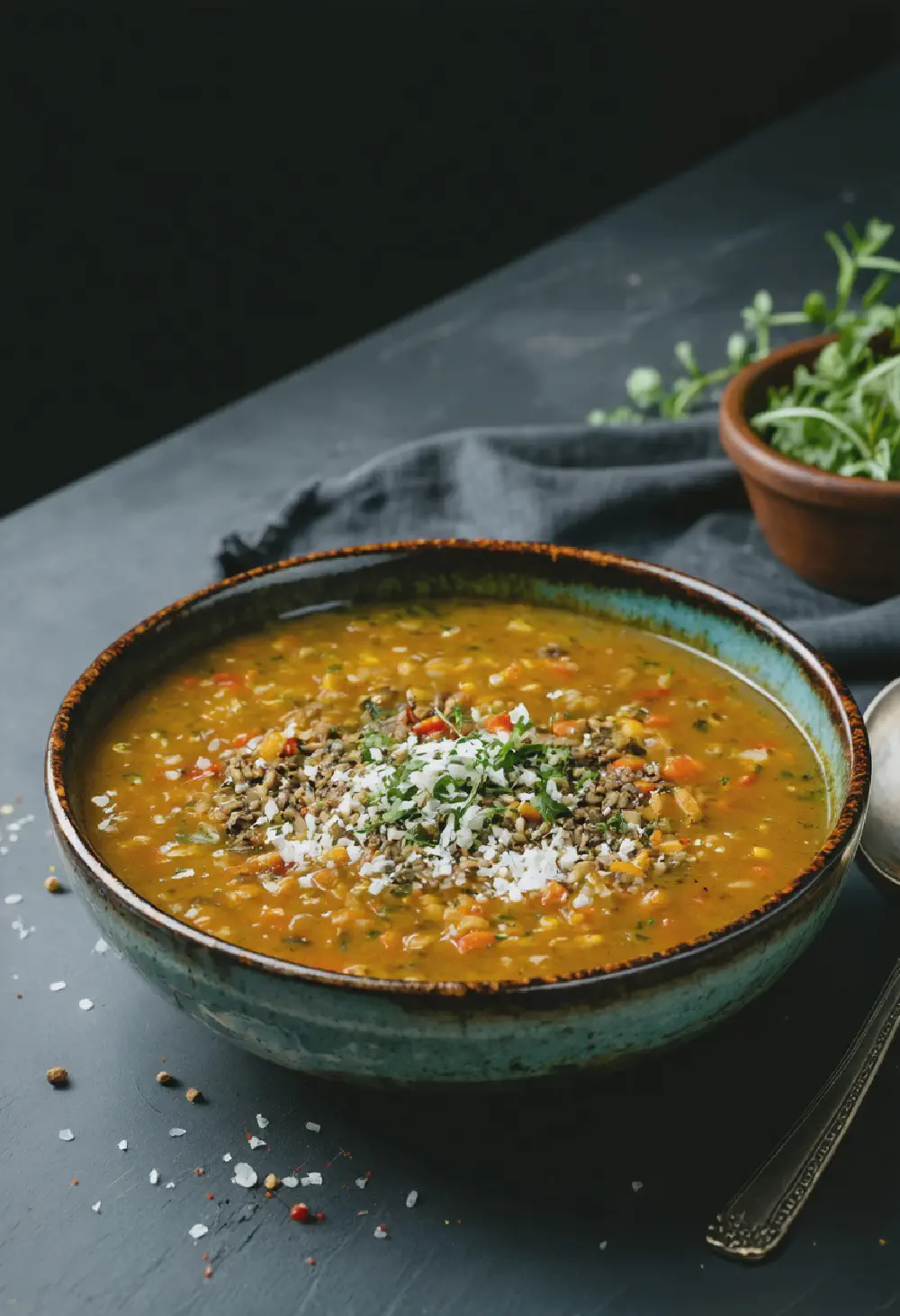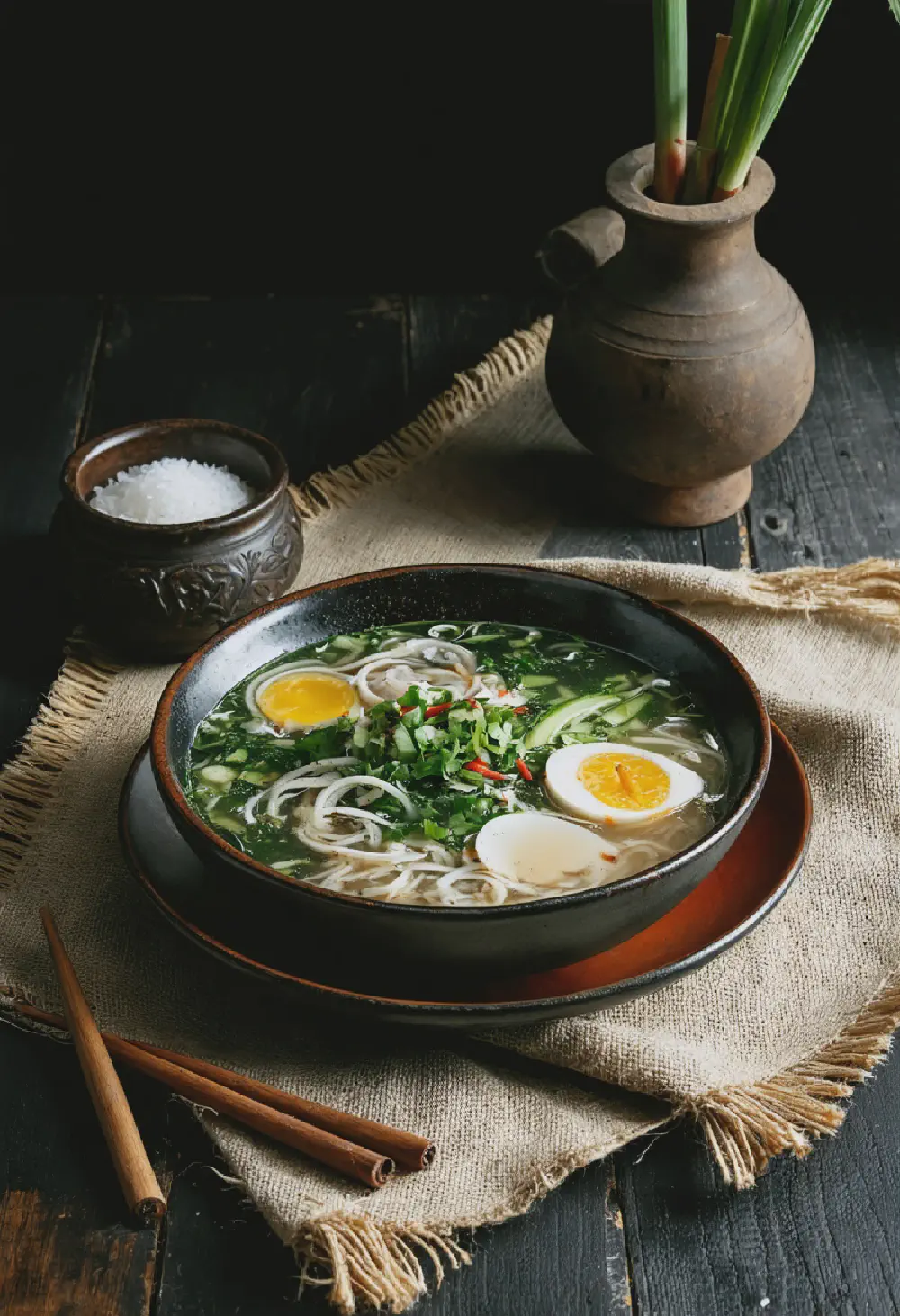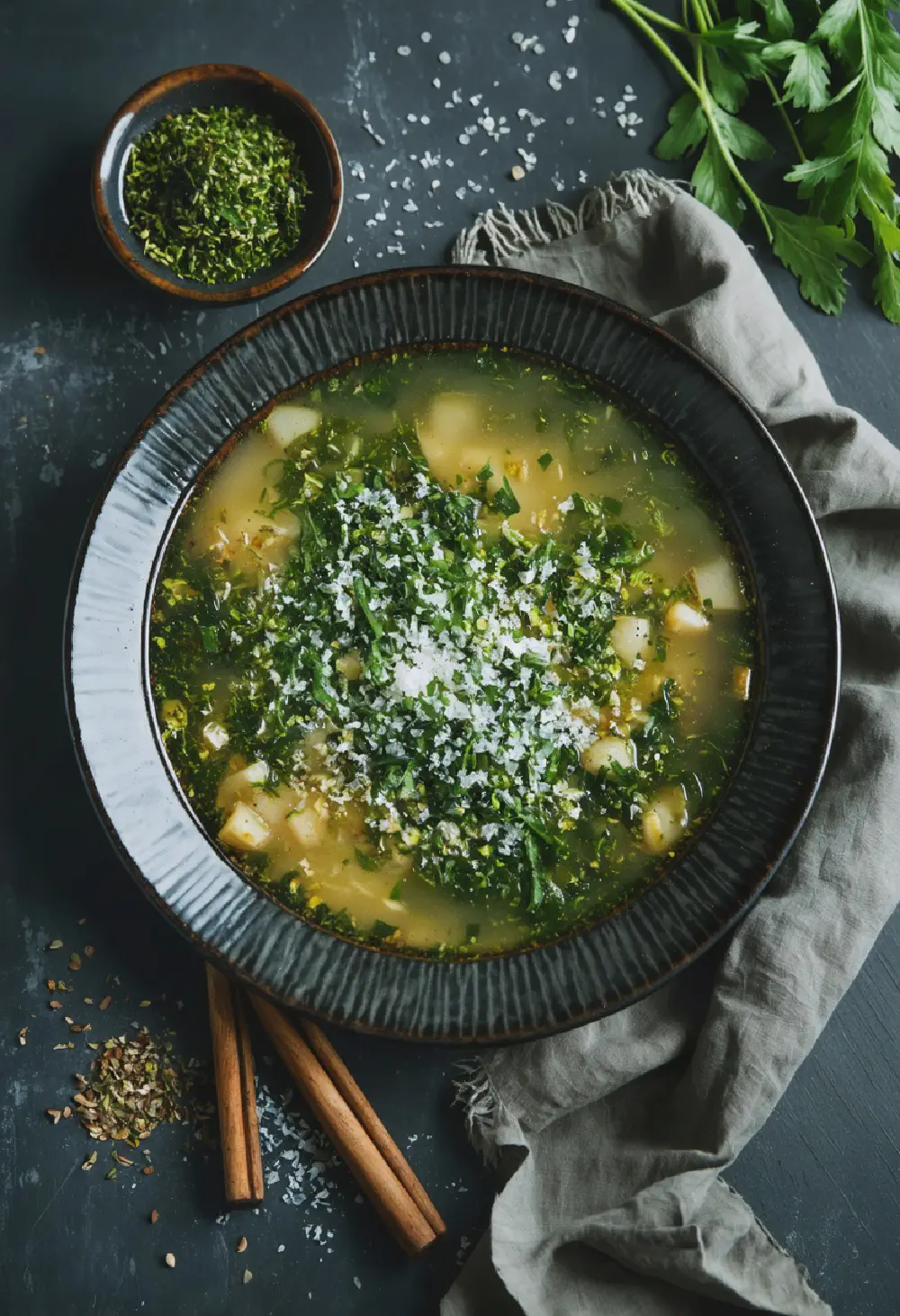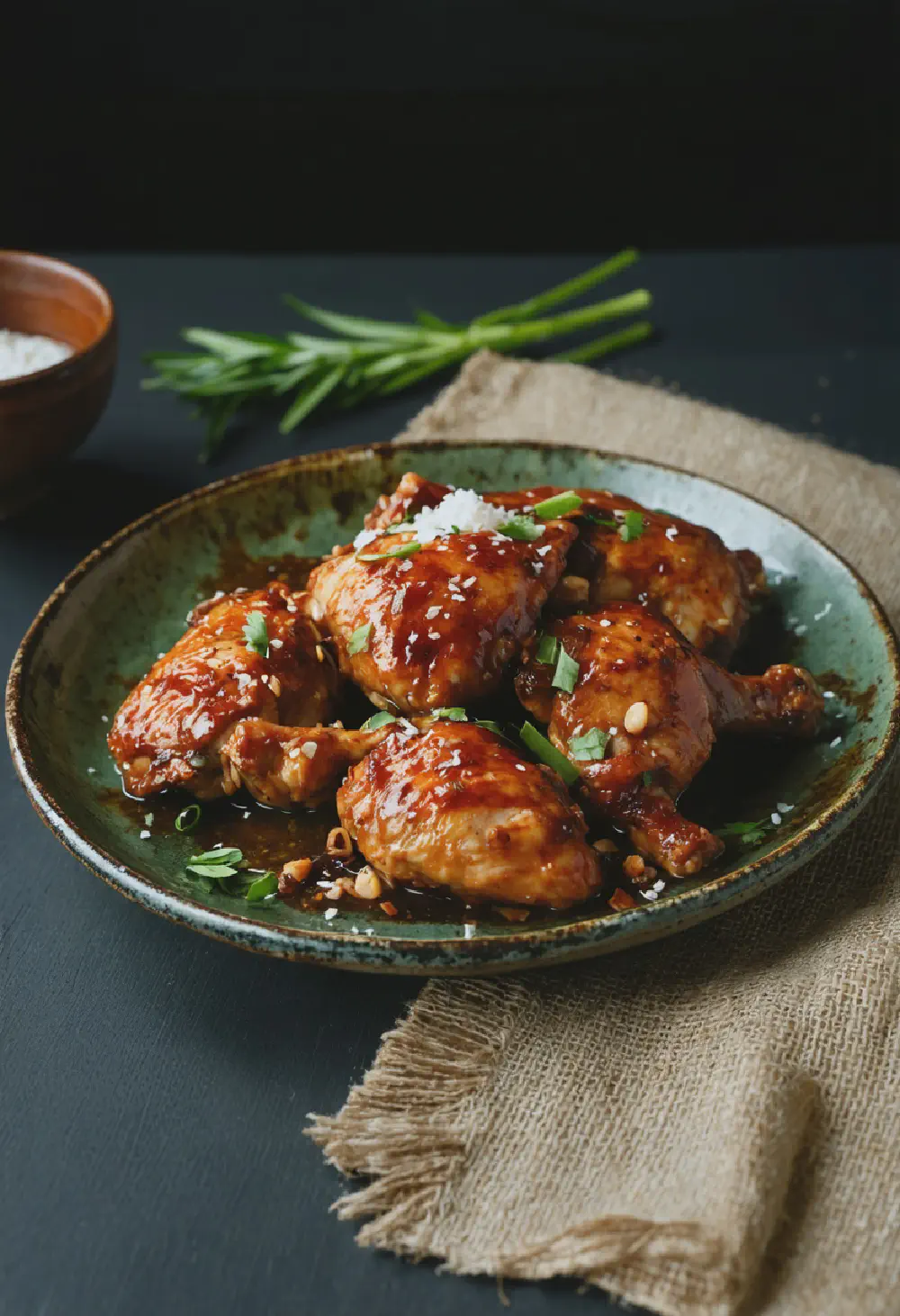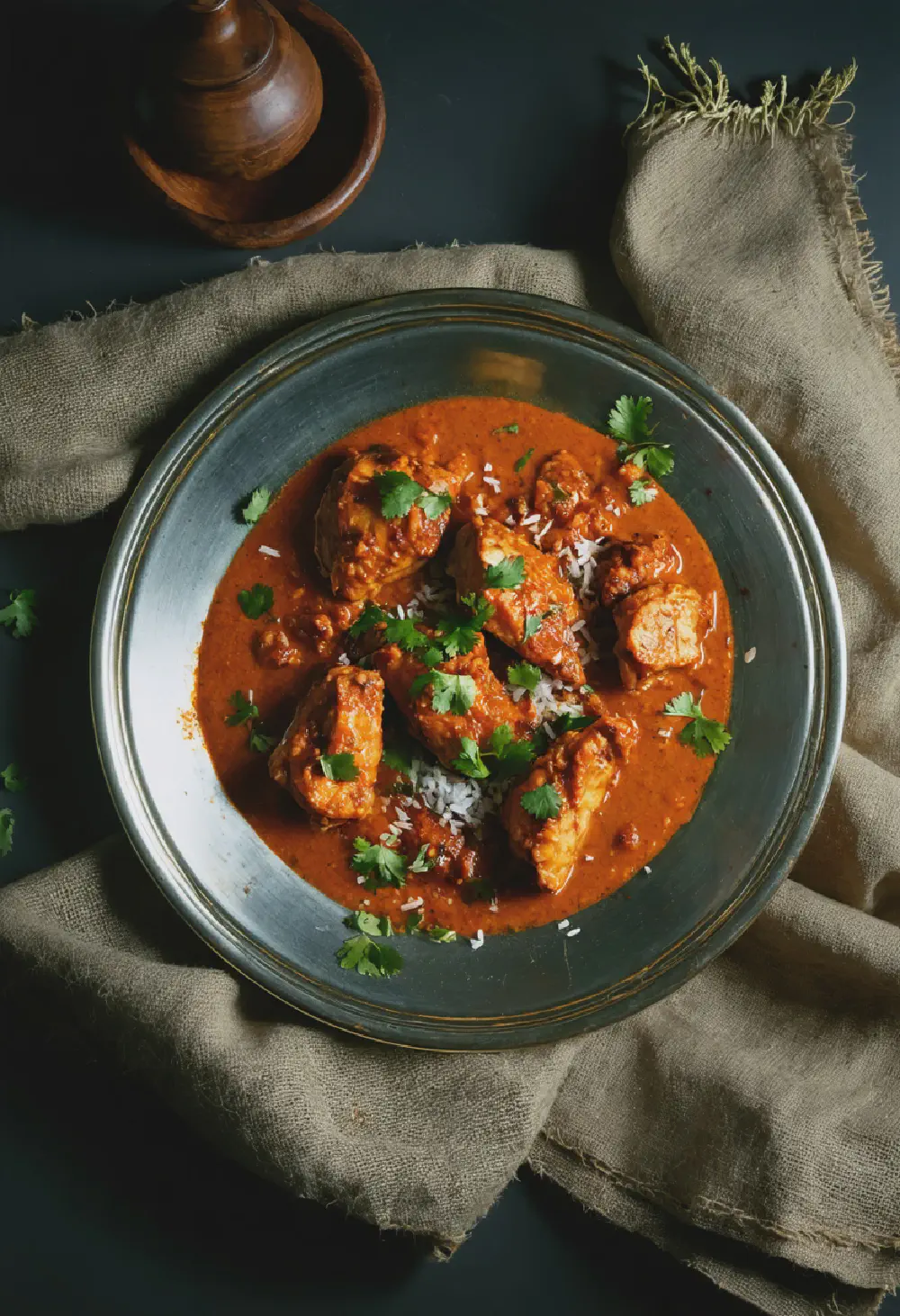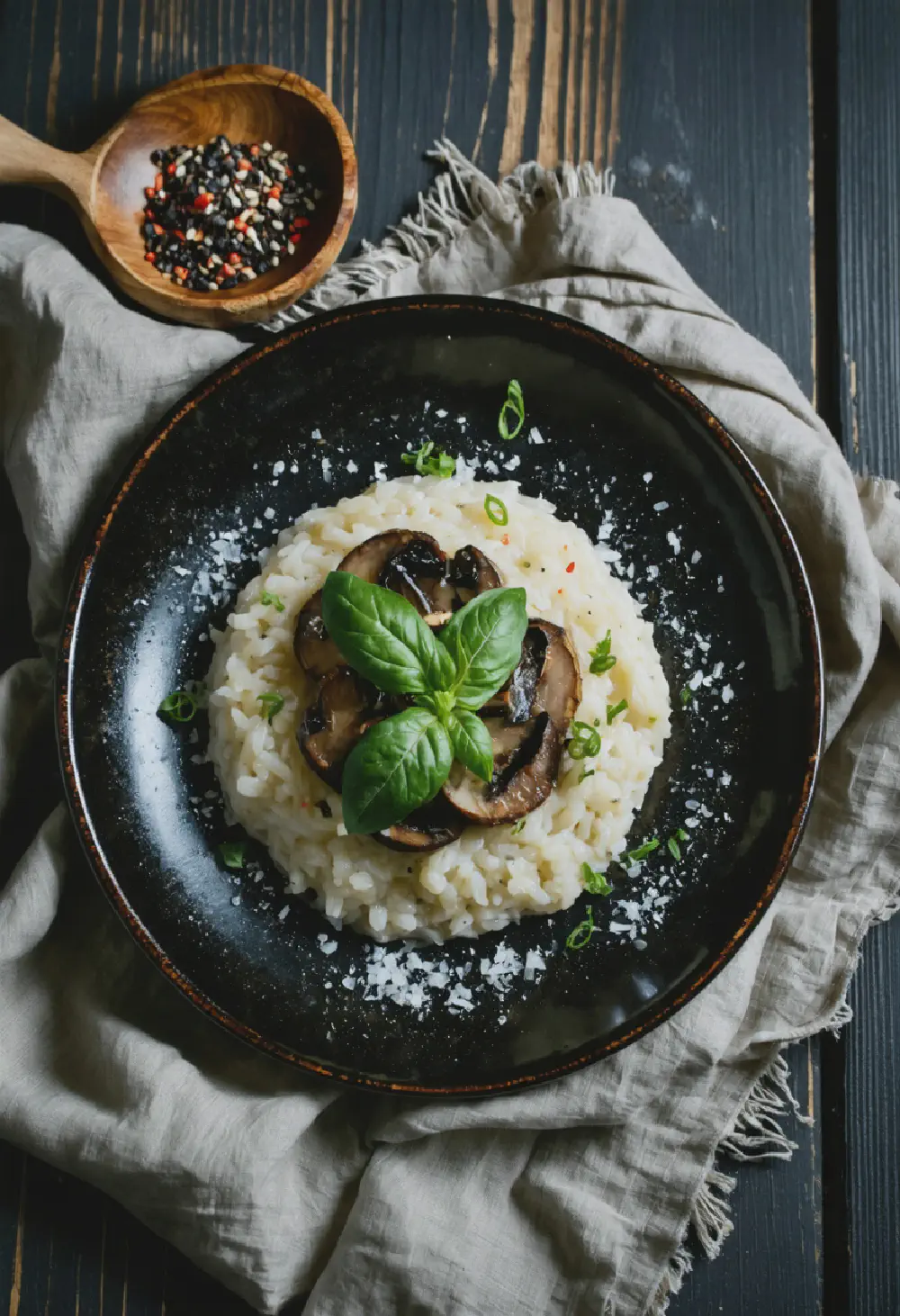Moroccan Lamb Tagine
30M
3H
- Makes 4
- 2 lbs lamb shoulder, cut into 2-inch pieces
- 2 tablespoons olive oil
- 1 large onion, finely chopped
- 3 cloves garlic, minced
- 1 teaspoon ground ginger
- 1 teaspoon ground cumin
- 1 teaspoon ground coriander
- 1/2 teaspoon ground cinnamon
- 1/4 teaspoon ground turmeric
- 1/4 teaspoon cayenne pepper
- Salt and pepper to taste
- 1 can (14 oz) diced tomatoes
- 2 cups chicken broth
- 1/2 cup dried apricots, halved
- 1/2 cup dried prunes, pitted
- 1/4 cup slivered almonds, toasted
- Fresh cilantro, chopped, for garnish
- Heat the olive oil in a large pot or Dutch oven over medium heat. Add the lamb pieces and brown on all sides, about 8 minutes. Remove the lamb and set aside.
- In the same pot, add the onion and cook until softened, about 5 minutes. Add the garlic, ginger, cumin, coriander, cinnamon, turmeric, and cayenne pepper. Cook for another 2 minutes, stirring constantly.
- Return the lamb to the pot. Season with salt and pepper. Add the diced tomatoes and chicken broth. Bring to a boil, then reduce heat to low, cover, and simmer for 2 hours, or until the lamb is tender.
- Add the dried apricots and prunes to the pot. Continue to simmer, uncovered, for another 30 minutes, allowing the sauce to thicken.
- Serve the tagine hot, garnished with toasted slivered almonds and fresh cilantro. Enjoy with couscous or bread to soak up the delicious sauce.
Moroccan Lamb Tagine: A Journey Through History, Taste, and Culture
History
The Moroccan Lamb Tagine has a storied past that traces back to the Berber tribes of North Africa. The word “tagine” refers to both the conical cooking vessel and the dish itself, which has been a staple in Moroccan cuisine for centuries. Originating from the nomadic Berbers, who needed a portable and efficient way to cook, the tagine allowed for slow cooking over open fires, preserving moisture and infusing the dish with rich flavors. Over time, as trade routes expanded, spices like saffron, cumin, and cinnamon found their way into the dish, enriching its flavor profile and cementing its place in Moroccan culinary tradition.
Taste Profile
The Moroccan Lamb Tagine is a symphony of flavors, balancing savory, sweet, and aromatic elements. The tender lamb, slow-cooked to perfection, absorbs the essence of the spices used, such as cumin, coriander, and cinnamon, which lend a warm and earthy undertone to the dish. The addition of sweet dried fruits, like apricots or prunes, introduces a subtle sweetness that contrasts beautifully with the savory meat. The dish is further enhanced by the use of saffron, which imparts a unique and luxurious flavor, making the Moroccan Lamb Tagine a truly indulgent experience.
Cultural Significance
In Moroccan culture, the Lamb Tagine holds a special place, often reserved for celebrations and gatherings. It is a dish that embodies the spirit of hospitality and communal dining, as it is traditionally served in the center of the table, encouraging diners to share and enjoy together. The use of spices and dried fruits reflects the country’s rich history of trade and cultural exchange, showcasing the influence of various civilizations that have passed through Morocco. The Moroccan Lamb Tagine is not just a meal; it is a celebration of Moroccan heritage and a testament to the country’s culinary artistry.
